Yates Account
Join now
Create a Yates account today!
Sign up to join the Yates Garden Club for monthly e-mails packed with seasonal inspiration, tips for success & exclusive promotions.
Plus if you’re a Garden Club member you can take part in the Yates Growing Community - a blog to share successes, get advice & win prizes in fun challenges along the way!

Forgot password
Enter the email address associated with your account, and we'll email you a new password.

How to grow parsnips in a garden
- Choose a sunny spot in the garden, loosen the soil with a garden fork and dig in Yates Thrive Natural Blood & Bone with Seaweed. Ensure you dig around the soil really well and break up any hard pieces - parsnips love soft soil, which doesn’t have any hard lumps or stones in it, otherwise they might grow into some odd shapes!
- Dig a shallow groove and sow seed around 6mm deep. Cover, firm down and water well with a fine mist.
- Water regularly to keep soil moist – don’t allow seeds to dry out. In warm conditions, consider laying a plank of wood over the row to help retain moisture around the seeds.
- Thin seedlings after 4-5 weeks – gently pull out weak seedlings and leaving 7-10cm space between plants.
- Begin pulling roots early, leaving some in the ground to spread your harvest window.
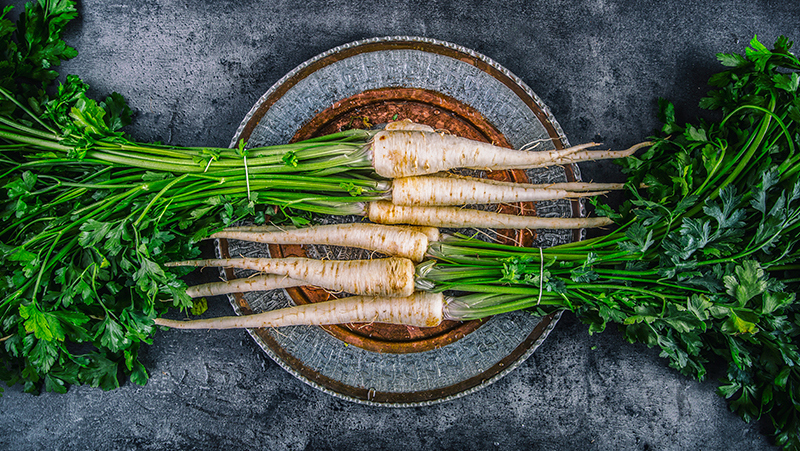
How to grow parsnips in a pot
Parsnips can be grown in pots, however, due to their size, it’s not generally recommended. You will need a pot at least 600mm wide and deep. If you have the space, they’re better suited to growing in the garden.
- Position pot in a sunny spot in the garden. Fill with quality potting mix, such as Yates Premium Potting Mix.
- Dig a shallow groove and sow seed around 6mm deep. Cover with Yates Black Magic Seed Raising Mix, firm down and water well with a fine mist.
- Water regularly to keep soil moist – don’t allow seeds to dry out. In warm conditions, consider laying a plank of wood over the row to help retain moisture around the seeds.
- Thin seedlings after 4-5 weeks – gently pull out weak seedlings and leaving 7-10cm space between plants.
- Begin pulling roots early, leaving some in the pot to spread your harvest window.
Parsnip 'Hollow Crown'
Growing tips
Parsnips can take 4-5 months to reach maturity, so it’s important that the plants are well settled in before the really cold weather arrives. However, once the plants are established, frost is said to sweeten the flavour of the roots.
Parsnips keep very well in the soil, so harvest can continue over a long period. Any spare space between rows can be used to grow small lettuces or other compact vegies.
Carefully weed around parsnip plants to avoid damaging the crown of the plant.
Seed germination can be slow; it can take up to 3-4 weeks particularly in cooler climates. It’s important to not let the soil dry out during this time.
It’s best to sow fresh parsnip seeds as old seeds can have a poor germination rate.










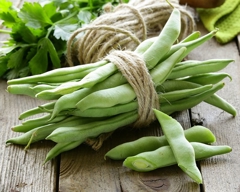
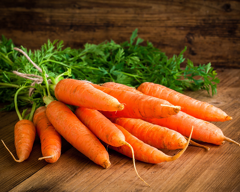
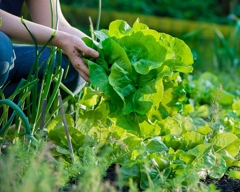
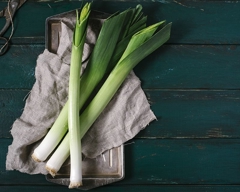
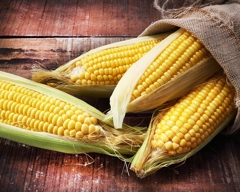







Share
Share this article on social media